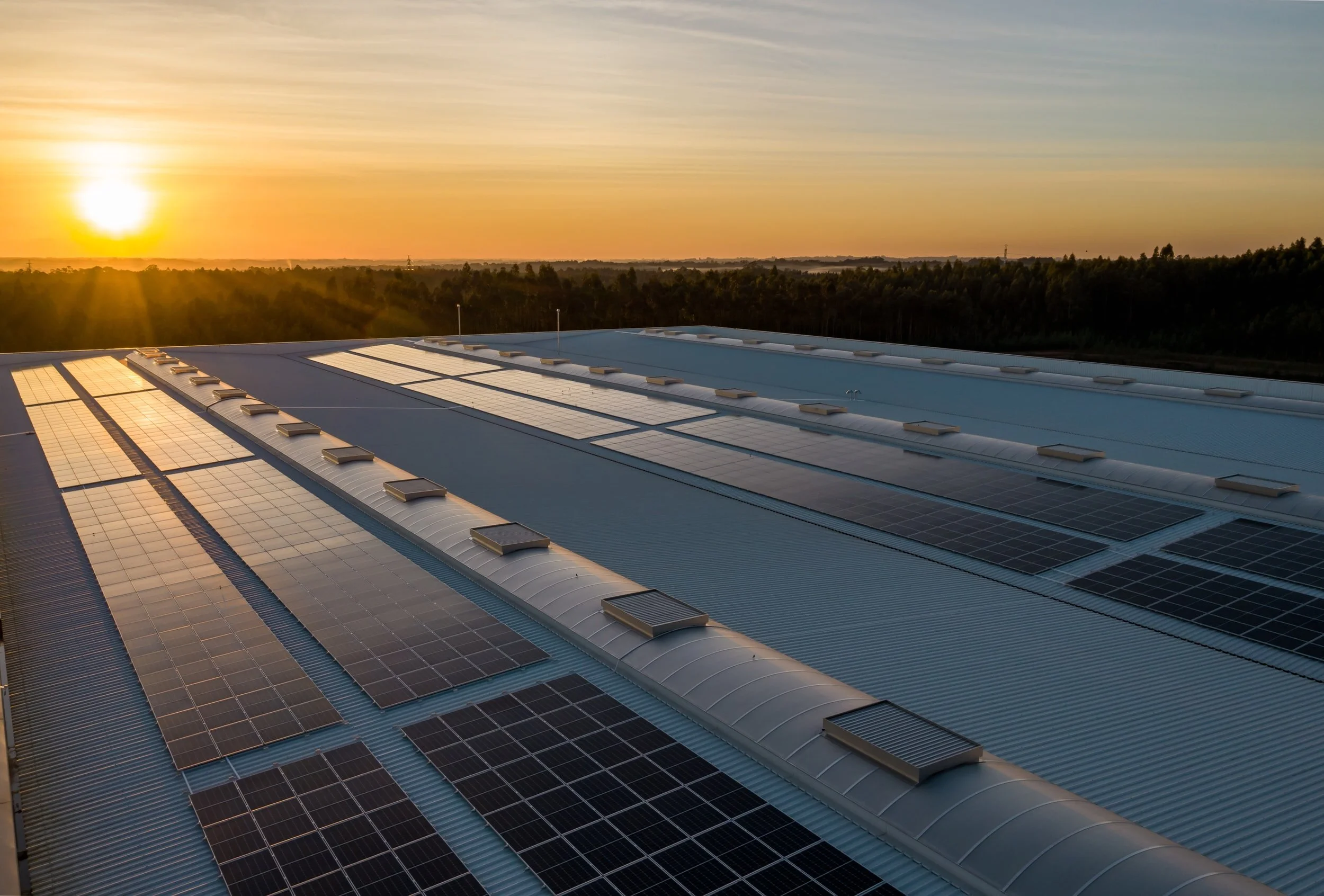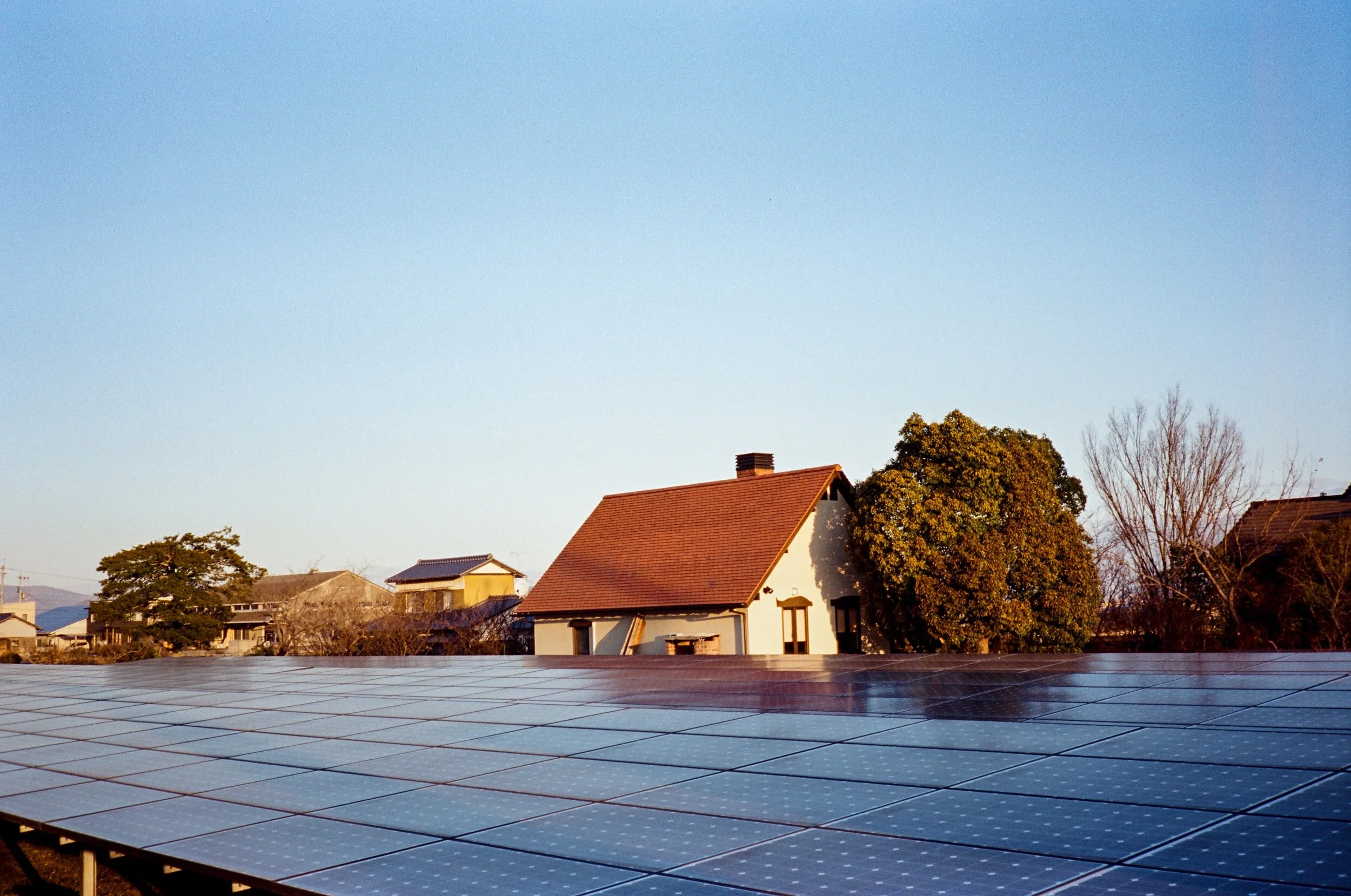Why Micro-Inverters are the best option for Consumer Owned Solar
When selecting a solar system for a home there are many factors that play a role in establishing a final design; annual energy consumption, available solarable area, cost, and trust in your installer and manufacturers are historically what we have found to be the largest factors when clients go solar. I would like to add another variable that ought to be included:
Micro Inverters vs String Inverters.
Most clients do not have a working knowledge of these similar but different technologies. Starting with a brief overview of how a solar system powers your home, we will establish why solar is such a great technology, why this micro vs string inverter question ought to be a central design consideration, and how micro inverters share the same qualities that make solar panels so successful.
Solar modules produce Direct Current (DC) power and inverters manipulate that DC power to make Alternating Current (AC) power for use in the home, able to back feed onto the grid. The beautiful aspect of a solar system, which enables it to be adopted by homeowners worldwide, is that solar modules safely operate with no moving parts for over 25 years essentially maintenance free. Solar modules have not changed much from their original design, slowly increasing in efficiency with manufacturing improvements over the years. They have changed so little because the modular solar approach that we know continues to be the most efficient, reliable, cost effective, and safe power supply available. The technology just works, its simplicity is its success.
The variable technology in the home solar system is the inverter. Inverters have constantly been improved with big design changes over the years; advancements center on operating more efficiently, keeping up with electrical code standards, and not breaking. When a solar system fails 9,999 times out of 10,000 it is the inverter that failed. However, inverter warranties have improved alongside efficiency from one year, to two, to five, to ten, to twelve and now to 25, matching most solar modules! There is no doubt that home solar systems are extremely reliable today.
If Inverters are so good, then why choose Micro Inverters over String Inverters and what is the difference?
In a solar system with a string inverter the inverter is the central command, all power flows in and out of a singular unit (depending on the size of the system, there may be two or three string inverters but for most home applications, there is just one). We call it a “string” inverter because the solar modules are connected to each other in “strings” of six to sixteen (give or take) modules before the power goes through the string inverter. This means high voltage DC power running across the roof, through the house and into the inverter. This much power flowing into one unit generates heat which needs fans to cool and switches and toggles to open and close the high voltage DC circuits, isolating from the rest of the inverter. With Rapid Shutdown requirements, this adds even more moving parts and requires additional equipment to be mounted under the solar module, introducing additional points of failure. When working properly, however, a string inverter conducts a beautiful symphony, humming and clicking away as it wakes up, heats up and manages itself day in and day out.
All of these parts, though, can and do fail and require replacing, one toggle switch failure will stop all of your solar production until it can be diagnosed, sourced, and replaced. As an installer, much less a client, waiting around for a toggle switch to be shipped during peak production months while an entire system is down is really fun.
Micro Inverters are mounted directly with the solar module and connected to each other, effectively, just as regular home circuits are. The “central” command in a micro inverter system is really just another breaker panel like the one already in the home except it has solar circuits inside. Each micro inverter is completely autonomous from every other micro inverter. Because the micro inverter only inverts one solar module, there is no need for cooling, moving parts, or additional equipment for rapid shutdown. One inverter for every module also means no high voltage anywhere on the house, ever. There is also no singular point of failure, redundancy is built into this system, if one inverter stops working, it has no effect on any other inverter’s output. You can essentially always add more modules in the future because there are no design considerations in order to add more inverters (so long as your existing electrical system can handle the additional power.)
With string inverters, expansion needs to be considered at the time of initial installation.
Built into a Micro Inverter system, almost as a symptom, if it wasn’t intentional, is simplicity, adaptability, safety, and reliability. These qualities are eerily similar to the qualities that make solar modules so exceptional. Infact, micro inverters are the pathway that enhance the qualities of solar modules because they do not add excessive complications that reduce the viability of the solar module. With micro inverters and solar modules you set it and forget it. If one were to stop working, it's a small fraction of total output and is easily replaced.
Stay tuned for how micro inverters are being applied to Backup / Offgrid Battery systems, bringing all of this beautiful simplicity and redundancy to your home when you need power the most.



